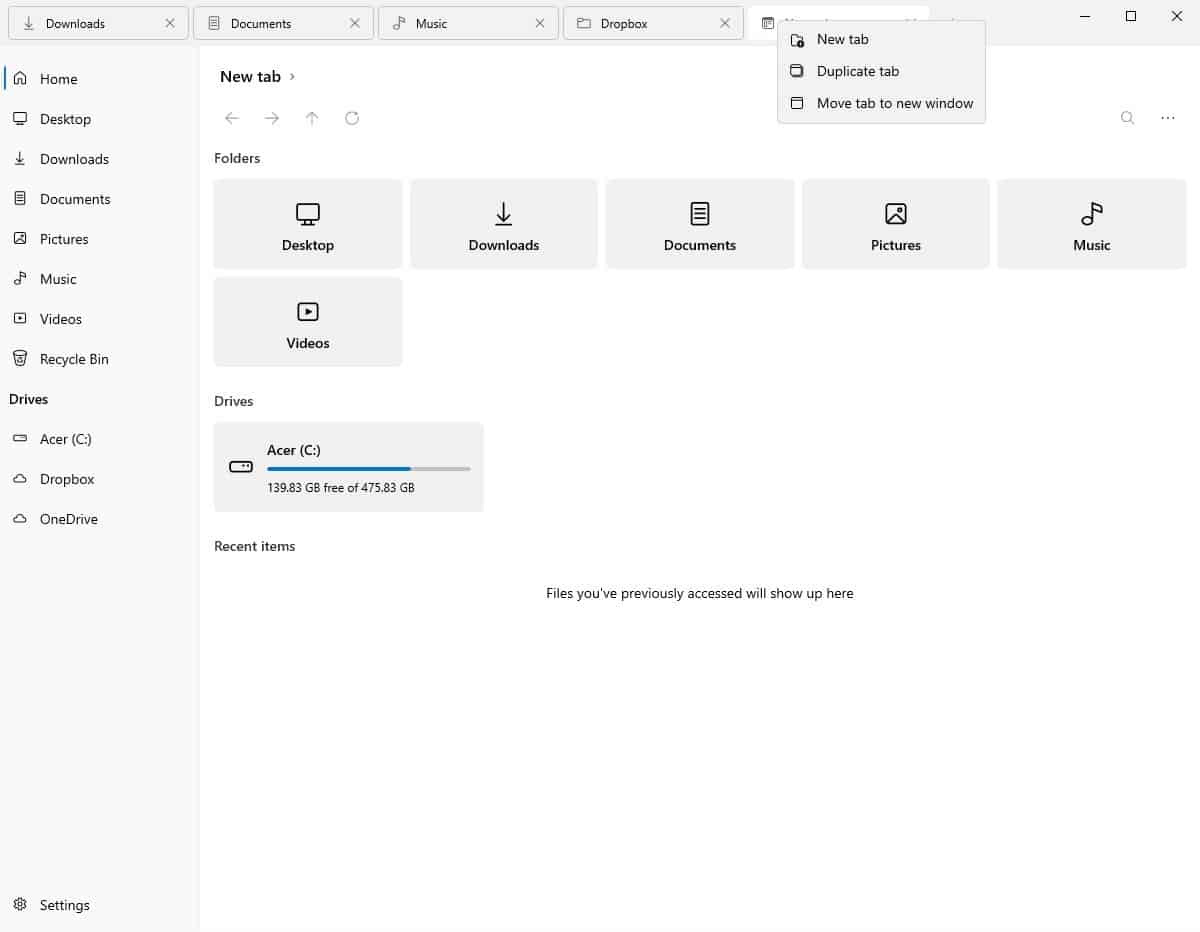
It might do a fine job capturing parts of your screen, but it won’t have the bells and whistles necessary to capture a whole webpage.įortunately, there are tons of third party tools that sport “scrolling capture” or “full page” capture, wherein the screenshot tool will scroll through the webpage for you capturing and stitch the screenshots into one continuous image. While the vast majority of operating systems have a built in screen capture tool, that tool is typically pretty basic. Option One: Capture a Webpage with a Standalone Screenshot Tool

With that in mind, let’s look at three techniques you can use to capture an entire webpage in a single screenshot: standalone screen capture tools, browser plugins, and a handy web-based service that works wherever you are. Not only is that useful for archival purposes, as you’re getting an exact 1:1 representation of the webpage, but you’re also able to show other people exactly how the page looks as oppose to exactly how the page prints. You’re capturing-pixel for pixel-exactly what you see on the screen. When you use a screen capture tool, you’re not churning the webpage through a document creator. Further, if the website in question has a specific “print view” to alleviate the aforementioned issues, that means you’re not preserving the webpage as it appears, but preserving the webpage as it is formatted for printing.

Regardless of the document creator you use, it functions as a virtual printer, which any shortcomings the physical printing process would have (poor column alignment, advertisements overlapping the text, etc.) will appear in the document created by the virtual printer.
#Automatic webpage capture screenshot multiple tabs pdf#
While PDF is great for documents, it has an inherent shortcoming when it comes to preserving a webpage.


 0 kommentar(er)
0 kommentar(er)
